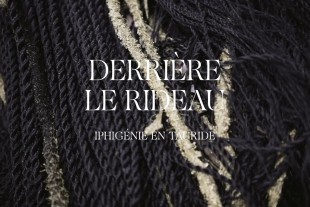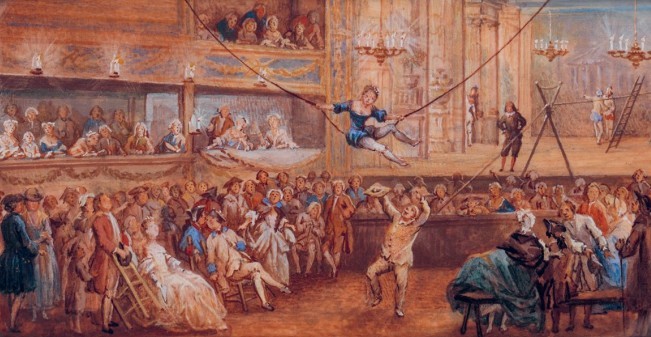
Salle d'un théâtre forain pendant un numéro de danseurs de corde, comme on en donnait régulièrement en ouverture de soirée, par Louis Nicolas van Blarenberghe, mi-XVIIIe siècle © The Metropolitan Museum of Art, New York
The origins: Catherine Vondrebeck, known as the ‘Baron's Widow’ (1678–1736)
The daughter of fairground performers and an outstanding negotiator, Catherine Vondrebeck obtained the right to combine music, singing and dance with fairground comedies in 1698, a decisive step towards the birth of comic opera. In 1714, she adopted the name ‘Opéra-Comique’, developed a mixed troupe and programmed parodies and comic operas: the intuition of a true institution.
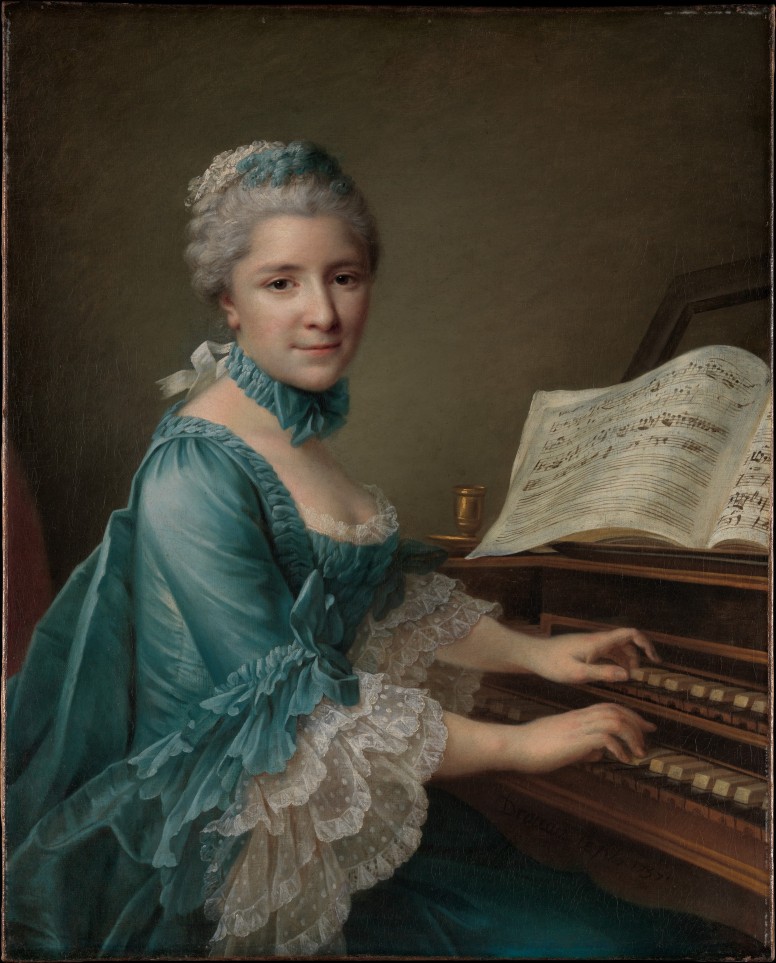
Justine Favart, par François-Hubert Drouai, 1757 © MetMuseum
Natural talent on stage: Justine Favart (1727–1772)
Actress, singer, author, Justine Favart revolutionised acting by seeking truth in movement, costume and diction, to the point of ‘sacrificing the charms of appearance for the truth of character’. From Brussels to Paris, her influence spread to the Comédie-Italienne, then the Opéra-Comique, where she created more than forty roles.
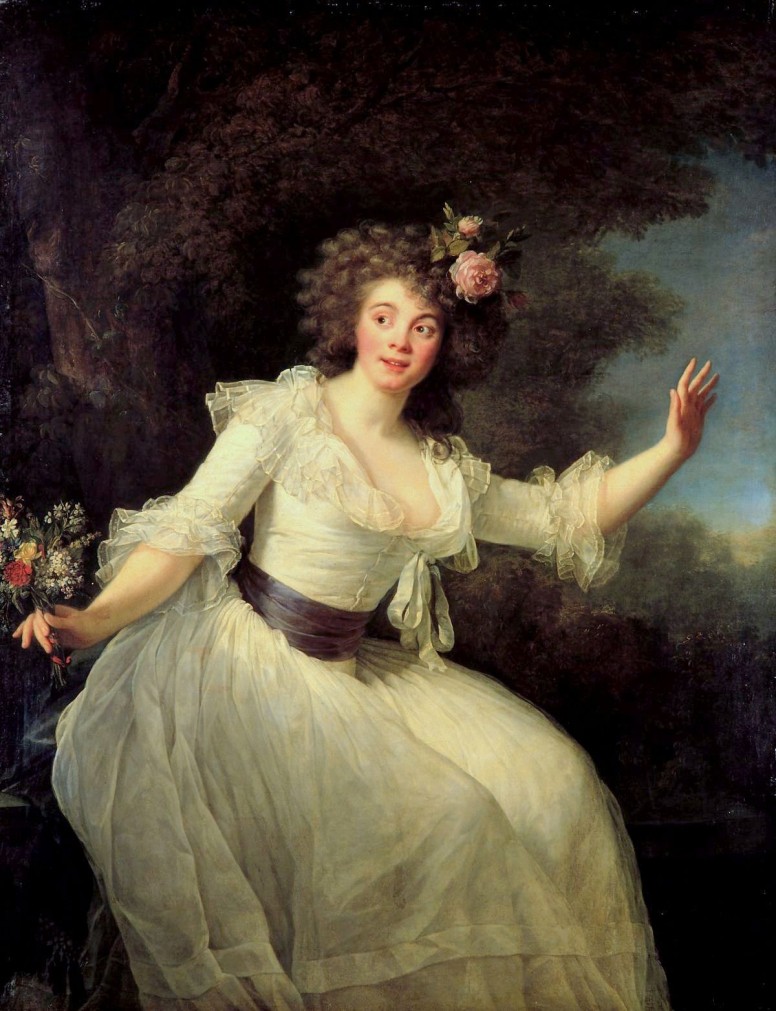
Portrait d’Élisabeth Vigée Le Brun, 1787 © The Metropolitan Museum of Art, New York
The star of the heart: Rosalie Dugazon (1755–1821)
A virtuoso actress and singer, she moved audiences in Nina ou la Folle par amour (1786) and lent her name to two roles still in use today, ‘jeune Dugazon’ and ‘mère Dugazon’, which shaped the typology of light mezzo-sopranos. She was a popular star whose hairstyles and costumes set the fashion, both on stage and at court.
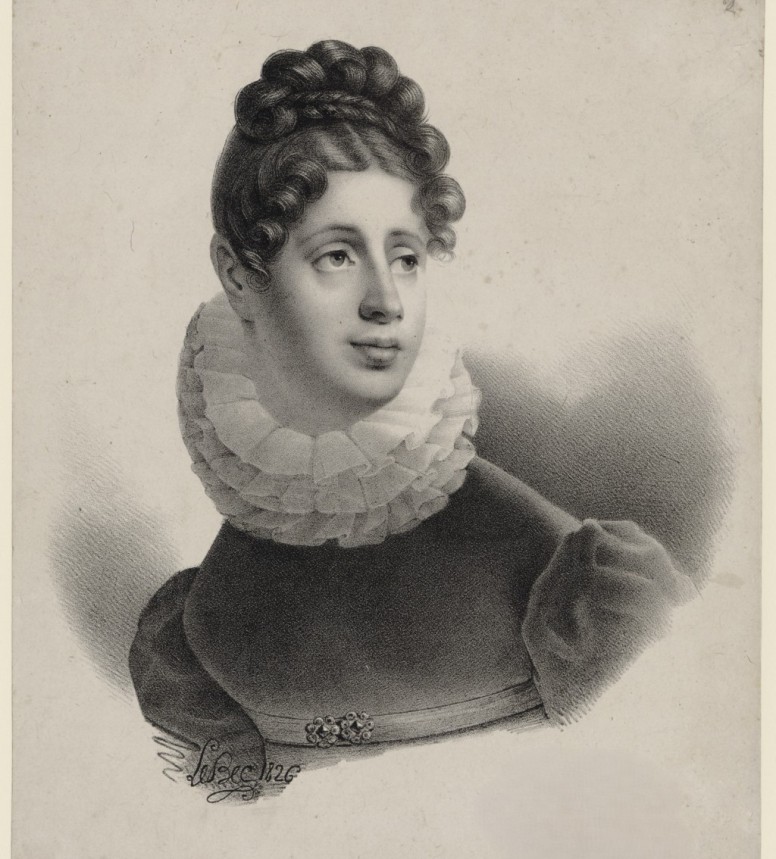
Sophie Gail | Portrait de Le Bec d’après Eugène Isabey, 1826 © BnF
The most frequently performed composer: Sophie Gail (1775–1819)
A precocious musical novelist, then author of comic operas, Sophie Gail triumphed with Les Deux Jaloux (1813), a work that enjoyed long-lasting success, and La Sérénade (1818). At the time of her death, several of her works were still being performed; she remains to this day the most frequently performed composer at the Opéra-Comique.
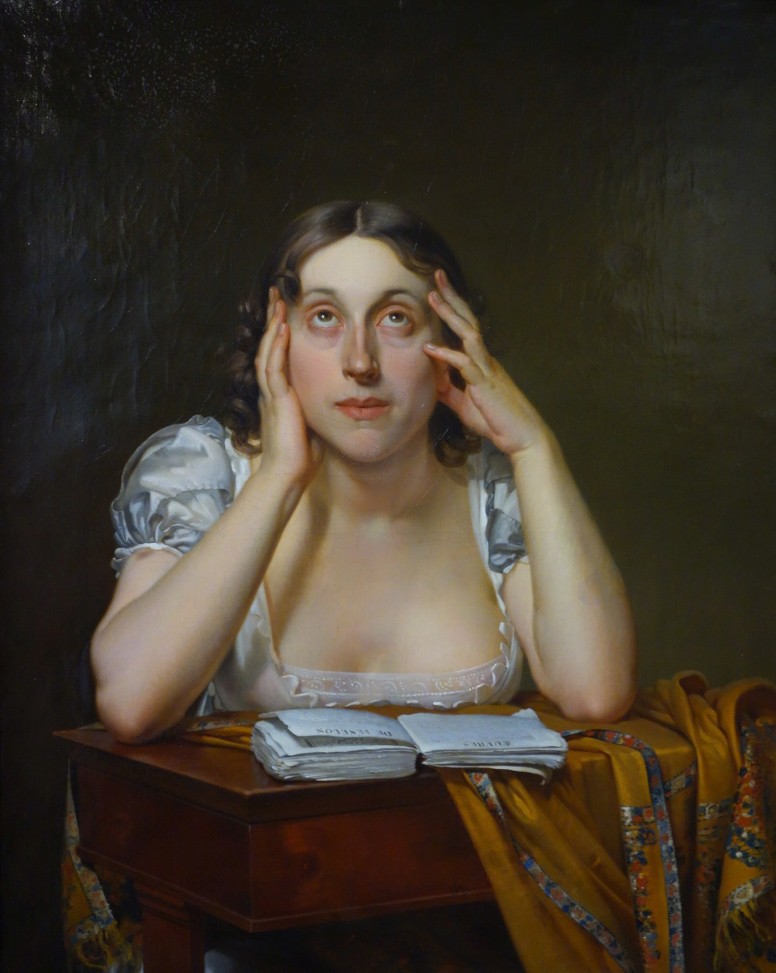
Marceline Desbordes-Valmore | Constant-Joseph Desbordes, vers 1811 © Musée de la Chartreuse de Douai
The voice and the pen: Marceline Desbordes-Valmore (1786–1859)
Initially an actress and singer at the Opéra-Comique, she became one of the great poetic voices of the 19th century. Her intimate poetry inspired Paër, Offenbach, Bizet, Saint-Saëns, Hahn and many others; her ‘odd’ verses influenced Rimbaud and Verlaine, who placed her among his Poètes maudits (Cursed Poets). Her work is worth rediscovering, both on stage and on the page.

Loïsa Puget | Portrait de Marie-Alexandre Alophe © BnF
The Queen of Romance: Loïsa Puget (1810–1889)
A composer celebrated throughout Europe and the United States, and a friend of George Sand, Loïsa Puget wrote hundreds of romances and made her debut at the Opéra-Comique in 1836 with Le Mauvais Œil. In 1851, she became the first female member of SACEM, a historic recognition of her place in musical art.

Laure Cinthie-Montalant dite Cinti-Damoreau | Portrait de Pierre-Roch Vigneron, 1830 © BnF
Virtuoso and teacher: Laure Cinti-Damoreau (1801–1863)
Rossini's muse and creator of roles in La Muette de Portici and Robert le Diable, she joined the Opéra-Comique, where she excelled in the art of dialogue and acting. The first female singing teacher at the Conservatoire (1833–1856), she passed on a technique and style that would influence generations of performers.

Célestine Galli-Marié en costume de Carmen, 1875 © BnF
The invention of a job: Célestine Galli-Marié (1837–1905)
An actress and singer of rare intensity, she created 17 roles at the Opéra-Comique, including Mignon, Fantasio and, above all, Carmen. She suggested to Bizet that he replace the opening aria with a habanera by Sebastián Iradier: the iconic ‘L'amour est un oiseau rebelle’ was born. It was a turning point in the history of musical theatre.
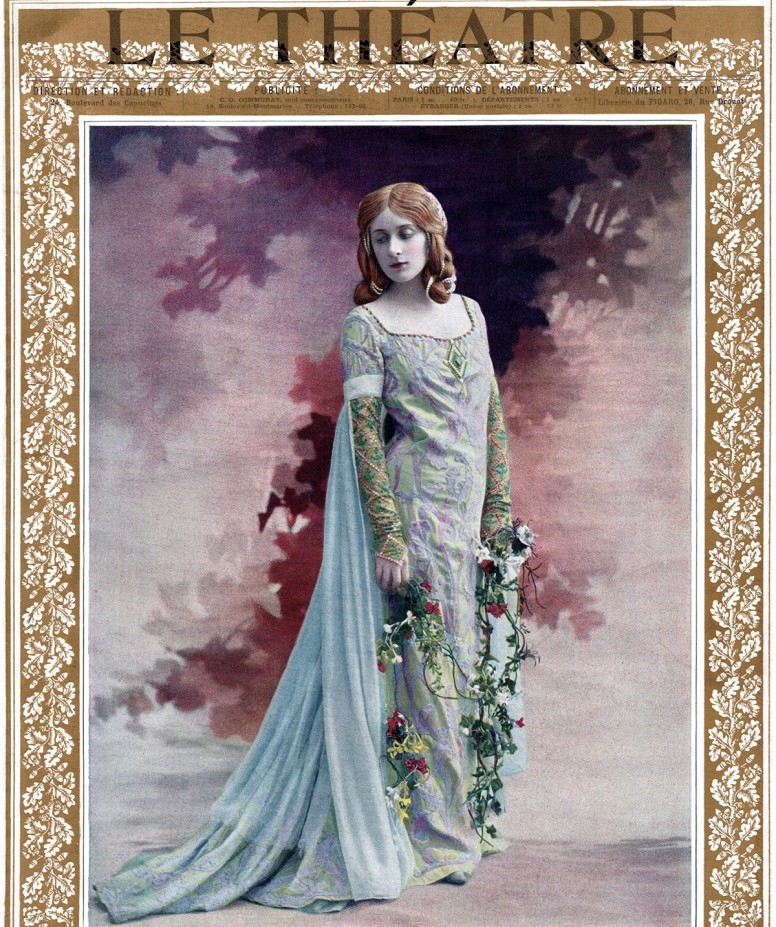
Portrait de Mary Garden | Studio Reutlinger, 1902 © BnF
A modern icon: Mary Garden (1874–1967)
Discovered when she stepped in at the last minute to replace Louise de Charpentier, Mary Garden became Debussy's Mélisande and the ambassador of the French repertoire in the United States. Her ‘gently insinuating’ tone, according to Debussy, and her stage presence established a model of intimate interpretation, perfectly suited to the aesthetic of the Opéra-Comique.
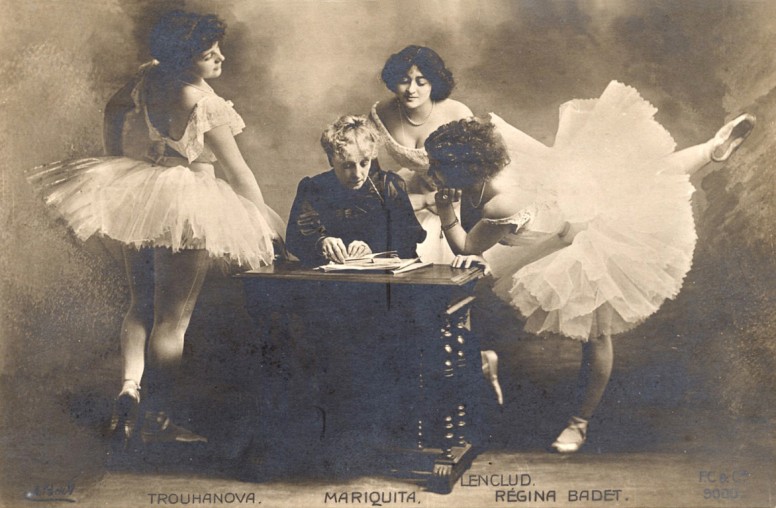
Mariquita et la danse en mouvement DR
Dance in motion: Mariquita (1841–1922)
A visionary ballet mistress, she opened the corps de ballet to men, raised technical standards and introduced new aesthetics, even programming entire evenings of choreography. Collaborating with André Messager and Massenet, she contributed to the modernity of the Belle Époque and had a lasting influence on the Parisian stage.
Why do these stories speak to us today?
Because they show a house in perpetual motion, driven by women who invented, transmitted and united. They transformed the practice of performance, expanded repertoires and blurred the lines between theatre and music, stage and society. Their legacy permeates our programming: natural acting, attention to the text, the power of musical storytelling and high choreographic standards remain at the heart of the Opéra-Comique's identity.
Come celebrate these ten journeys that tell the story of so many ways to be an artist... and to be free.
The exhibition is open to theatre audiences and visitors.
Extend your experience in the theatre: our season brings the past and present into dialogue, staying true to the pioneering spirit of these trailblazers.
During your visit, be sure to explore our corridors, where you will find portraits, documents and quotations that bring these destinies to life; landmarks that allow you to revisit three centuries of the house's history through the prism of their careers; and invitations to (re)discover the works they served, composed or inspired.



